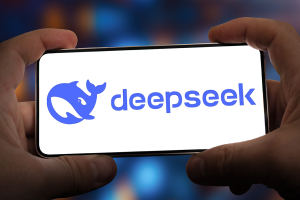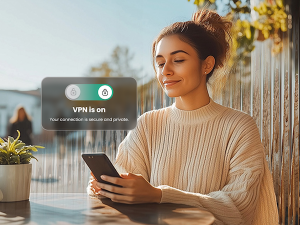Let’s talk about networks.
A network can imply a number of things: it can imply a group of friends, coworkers and teams. It can be used to reference a grouping of schools, businesses and universities. And it can also imply a connection uniting each of these elements with one another. Today, we call that connection—that network—the Internet.
To say the Internet has transformed how we work and play today is a monumental understatement. It allows us to communicate, collaborate and advance across vast distances at the speed of light. But the Internet isn’t done yet.
No, the next thing the Internet is set to transform is how we interact with everyday objects. Over the next few years, the Internet will slowly expand to include connections to everyday objects (from your home fridge, to your car and beyond) in an effort to make your life easier, healthier, safer and more efficient. In fact, this is already happening. This expansion has been termed the “Internet of Things.”
The Internet of Things (IoT) is set to introduce billions of smart, connected devices into our lives. By some estimates, roughly 212 billion devices will be introduced and sold by 2020. But the problem facing this nascent network is getting these devices to talk to each other, and to the Internet, in a safe, reliable way.
I’ve discussed the dangers of the IoT plenty of times before. Smart refrigerators can be used in botnets. Smart televisions can be used to spy on its owners. But these dangers are preventable through good consumer practice and better industry standards.
That’s why we at McAfee are partnering with high technology leaders like Samsung, Broadcom, Atmel, Dell and Wind River, and more to deliver device-to-device connectivity requirements for the Internet of Things.
We’re calling this project The Open Interconnect Consortium.
The consortium plans to deliver on three goals to help developers improve interoperability and device-to-device connectivity for the Internet of Things: a standard specification, an open source implementation and a certification program.
The ultimate goal of our consortium is to enable IoT devices to connect and talk with one another regardless of who constructed the device in a safe and responsible manner. It will, however, take time for us to reach this goal. Our first step is to establish the requirements for how IoT devices will operate safely in the smart home and the smart office. From there, we’ll work to create a cross-platform IoT standard that’s open to any company wishing to use it.
So why now?
Simply put, it’s because IoT is taking off, fast. Home Depot, for example, has partnered with Quirky, Wink—a tech incubator and IoT company, respectively—and General Electric to deliver an affordable smart home platform. Staples, too, is slated to release its smart home solution, Staples Connect, soon. Others will follow in short order. We want to help make sure the future iterations of these solutions are executed in a safe, responsible manner that enables the full potential of the IoT.
We’re thrilled to be a part of the future of the IoT. We can’t wait to see what the future has in store for all of us.











